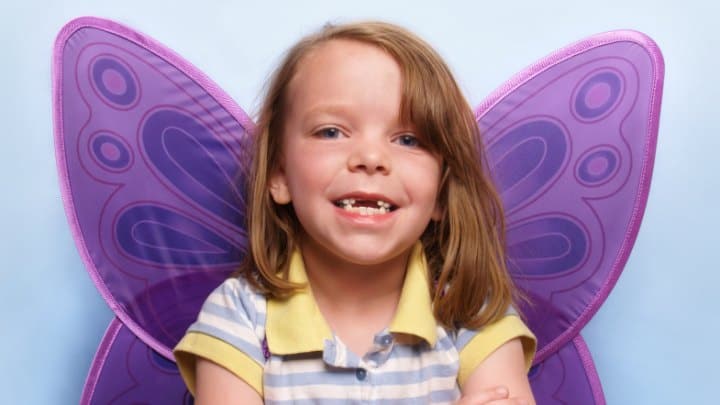
Children are often quite willing to believe what they are told. Very young kids revere adults so much that it seems we can do no wrong in their little eyes. It can be easy to take advantage of this trust, and we sometimes use it strategically if we are aiming to modify certain behaviors. Kids will eat broccoli if they are told it will make them see in the dark; they’ll avoid bumping the furniture with a vacuum if they think it will explode…
But somewhere along the lines, children begin to realize that grown-ups are human and that some things the may have told were not 100% accurate. Perhaps it begins with the truth about the Easter Bunny, or when a little one sees Mommy putting the presents in the Christmas stocking. Eventually, independent thinking erupts and expands. But with this mindset, the logic can be drawn out to encompass elements of faith. Skepticism may lead to worries about what parents have taught about Christian truth. If all of these other stories are made up, what about Jesus? It is a dangerous slope to slide down.
So how do we respond? How can we promote the credibility of Christ but not force it down throats? Here are some ideas to encourage thought and faith:
-
Allow room for uncertainty… the whole basis of our faith is that it must be just that: faith. God allows us the freedom to make our own decisions with regard to what we believe about Him and how we choose to follow. Of course, we must train up our children in the right paths (Proverbs 22:6), but we cannot dictate or control what kids ultimately trust. When we allow them wiggle room for doubt while being available for questions, it allows students to make faith their own.
-
Provide evidence of truth: There is always the chance that our children/students will grow skeptical and wonder how they know the “reason for the hope that we have” or how they know if there should be hope at all. Make sure you are prepared to explain and describe the proof of facts about the Bible, and how we can be certain it is indeed reliable and verifiable. Consider supplementing with books like the “Case for…” series by Lee Strobel.
-
Guide children to exploration…We want to engage in meaningful and productive conversations with kids. We want them to understand their faith as a result of explaining it to others and for themselves. In some instances, this may involve letting older students study or observe other faith practices an traditions. Our role is to trust God’s guidance and pray for wisdom and discernment. We need to be present for questions and leadership. But we do not want a “potty training faith” that wanders astray as soon as kids are on their own. We want a faith that lasts.
It is difficult to point kids on the right path. It may seem so much easier to force belief or love. But that is not the Lord’s way, nor can it be ours. At some point we recognize that faith is believing what is not seen, and just as Jesus told Thomas, we are blessed to be believers without sight (John 20). That is true faith. Praise God!

Kristen, this is a wonderful article,
We don’t really do Santa Claus or Tooth Fairy nonsense. We also don’t do Easter Bunny or Halloween. A) Halloween has become more and more satanic and with a strong focus on darkness and celebrating it (the world is dark enough thank you very much) and we are called to live in the Light to think on things that are righteous B) Santa Claus and Easter Bunny are secular manifestations and distractions to the real purpose of Christmas and Easter and that is the celebration and recognition of Jesus Christ’s birth and resurrection C) the tooth fairy is based on pagan superstition about witches and creatures stealing hexing your kids… we know we have the power to overcome these things through Jesus Christ alone. He is the One who drives out demons and it through Him alone that we can claim the blood of Christ over our children
Let’s recognize what we are dealing with here, call it out for what it is, and find other ways to celebrate the holidays that bring the Lord joy.